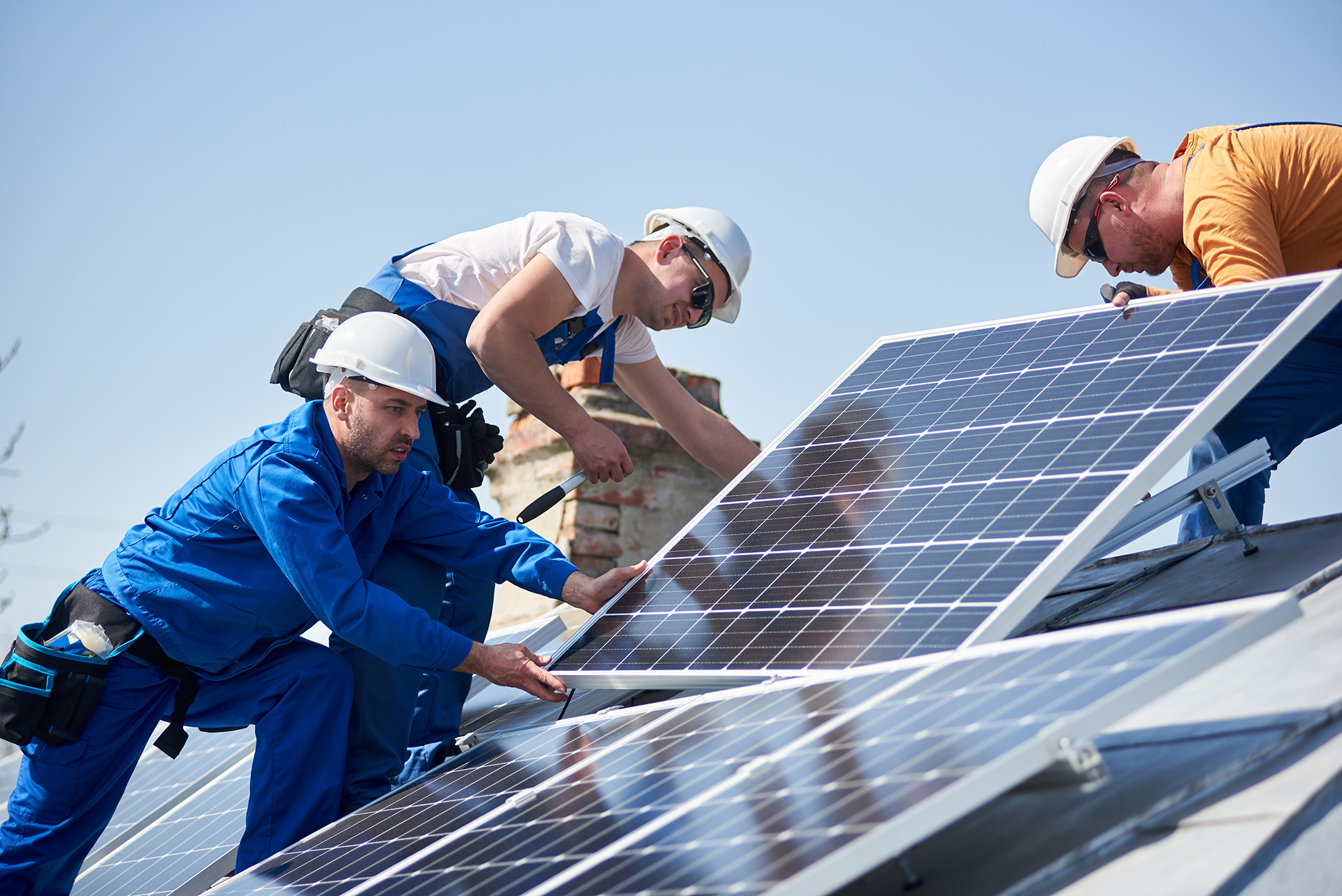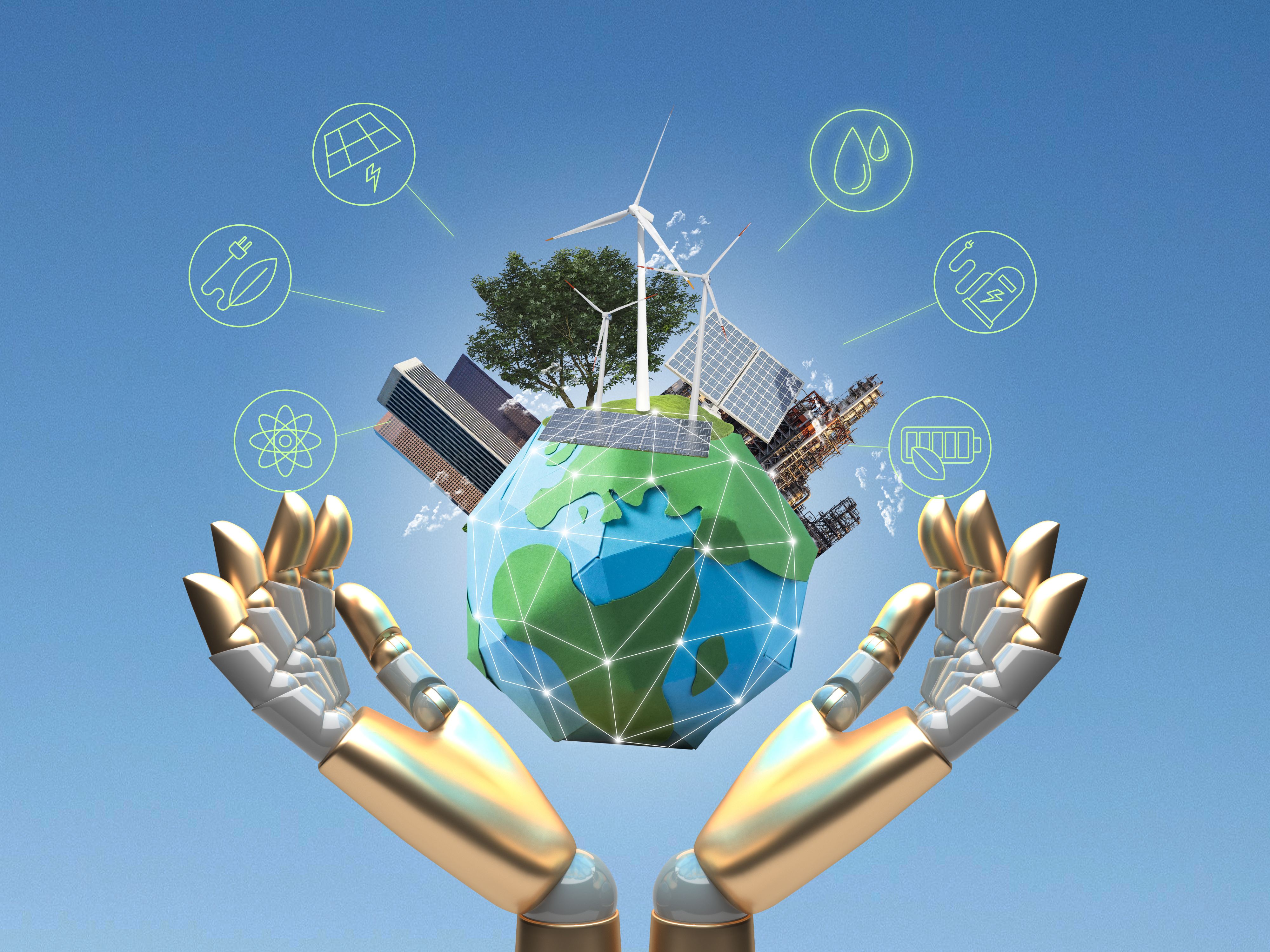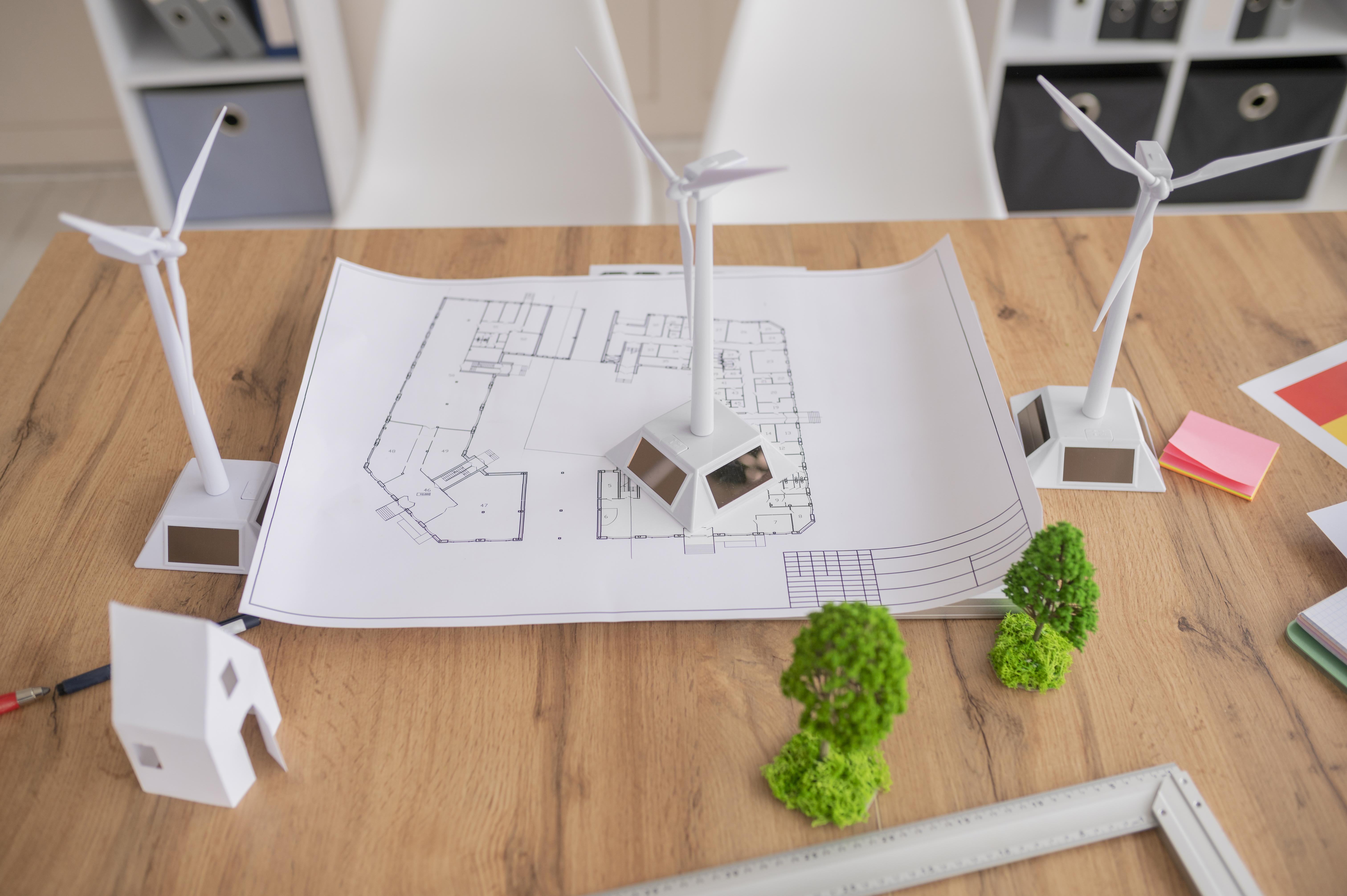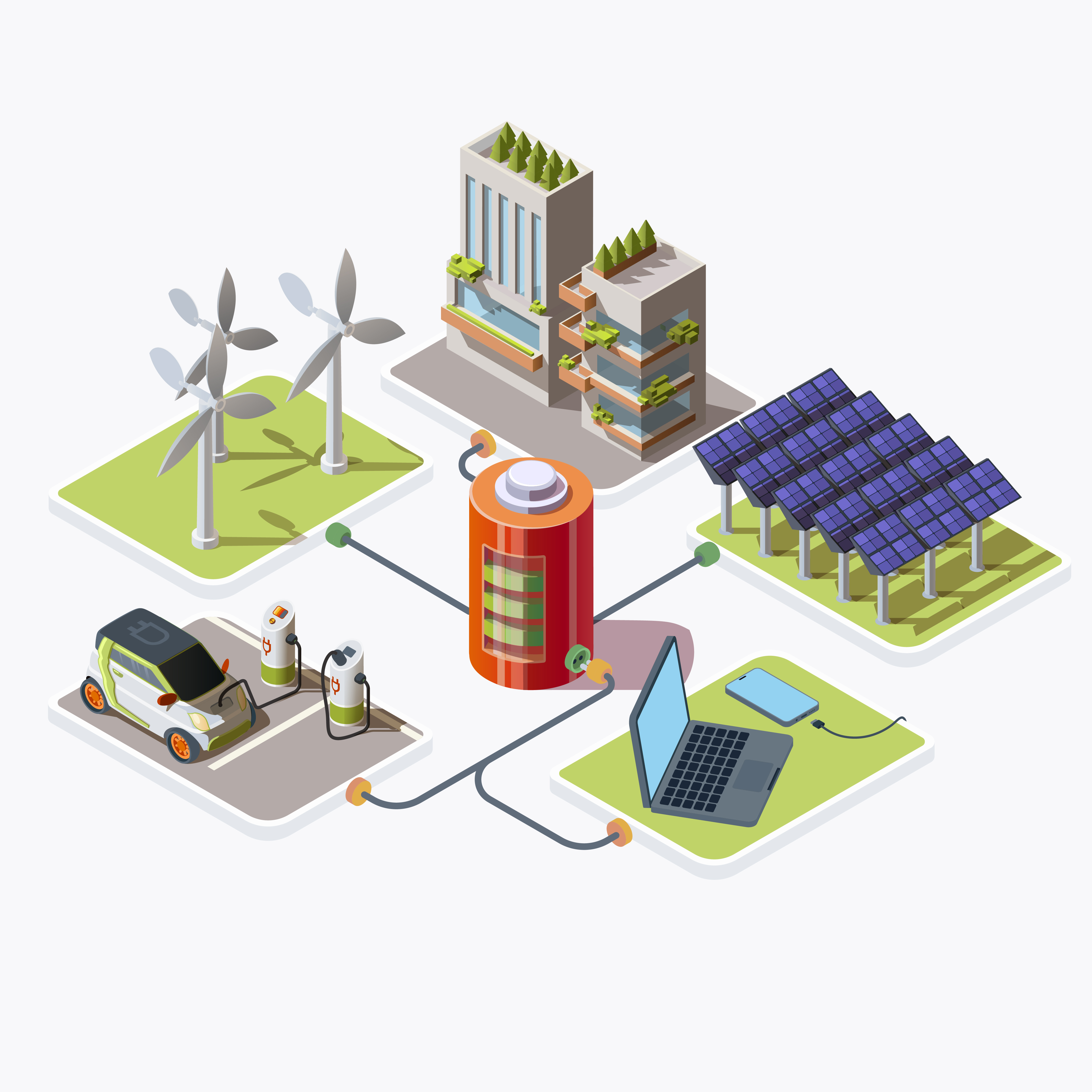Table of Contents
ToggleIntroduction
Renewable energy products encompass a wide range of technologies designed to harness naturally replenishing resources such as sunlight, wind, water, biomass, and geothermal heat to generate electricity, heat, and fuel. As the world transitions towards a more sustainable energy future, understanding and comparing the lifespan of renewable energy products becomes increasingly crucial. This section serves as an introduction to the topic, highlighting the importance of lifespan comparison in the renewable energy sector and outlining the objectives of the analysis.
Importance of Lifespan Comparison
Comparing the lifespan of renewable energy products is essential for several reasons. Firstly, the lifespan of a renewable energy product directly impacts its long-term performance, reliability, and economic viability. Understanding the expected lifespan of different renewable energy technologies allows stakeholders to make informed decisions regarding investment, maintenance, and technology selection. Additionally, lifespan comparison enables policymakers, investors, and project developers to assess the environmental and economic implications of renewable energy deployment, including the lifecycle emissions, resource utilization, and end-of-life management of renewable energy products.
To provide a comprehensive overview of renewable energy technologies and their respective lifespans.To identify and examine the key factors influencing the lifespan of renewable energy products, including material quality, maintenance requirements, environmental conditions, and technological advancements.To conduct a comparative analysis of the lifespan of different renewable energy technologies, including wind energy systems, solar energy systems, hydroelectric power systems, biomass energy systems, and geothermal energy systems.
Renewable Energy Technologies
Renewable energy technologies encompass a diverse array of systems and devices designed to harness natural resources to generate clean and sustainable energy. This section provides an overview of various renewable energy technologies, highlighting their key characteristics and applications. Solar energy systems utilize photovoltaic (PV) panels or solar thermal collectors to convert sunlight into electricity or heat, respectively. PV panels consist of semiconductor materials that generate electricity when exposed to sunlight, while solar thermal collectors use mirrors or lenses to concentrate solar radiation and heat a fluid to produce steam for electricity generation or for heating purposes. Solar energy systems are widely deployed for residential, commercial, and utility-scale applications, offering a reliable and abundant source of renewable energy.
Wind energy systems harness the kinetic energy of wind to generate electricity through the rotation of wind turbines. Wind turbines consist of blades mounted on a rotor, which spins when exposed to wind, driving a generator to produce electricity. Wind energy systems can be installed onshore or offshore, with large-scale wind farms providing a significant contribution to electricity generation in many regions worldwide. Advances in turbine design and technology have led to increased efficiency and reliability of wind energy systems.
Biomass Energy Systems
Biomass energy systems utilize organic materials such as wood, agricultural residues, and organic waste to produce heat, electricity, or biofuels through combustion, gasification, or anaerobic digestion processes. Biomass energy systems can be deployed in various applications, including residential heating, industrial cogeneration, and transportation fuel production. Biomass energy offers the advantage of utilizing locally available feedstocks and reducing reliance on fossil fuels.
Geothermal energy systems utilize the heat stored beneath the Earth’s surface to generate electricity or provide direct heating and cooling for buildings. Geothermal power plants extract hot water or steam from geothermal reservoirs and use it to drive turbines and generators, while geothermal heat pumps transfer heat between the ground and buildings to provide space heating, hot water, and air conditioning. Geothermal energy is a reliable and continuous source of renewable energy, with minimal environmental impact compared to conventional fossil fuel-based systems.
By providing an overview of these renewable energy technologies, this section sets the stage for a comparative analysis of their respective lifespans, highlighting the key factors influencing durability, reliability, and long-term performance.
Factors Affecting Lifespan
The lifespan of renewable energy products is influenced by various factors, ranging from material quality and durability to environmental conditions and technological advancements. This section explores the key factors that impact the lifespan of renewable energy technologies and their implications for long-term performance and reliability. The choice of materials used in the construction of renewable energy products plays a critical role in determining their lifespan. High-quality materials that are resistant to corrosion, degradation, and wear are essential for ensuring durability and longevity. This subsection examines the importance of selecting materials with suitable mechanical, thermal, and chemical properties to withstand the harsh operating conditions encountered in renewable energy systems.
The manufacturing processes employed in the production of renewable energy products also influence their lifespan. Poor manufacturing practices, such as inadequate quality control, improper handling, and insufficient testing, can result in defects, weaknesses, and premature failure. This subsection discusses the importance of adopting robust manufacturing processes and quality assurance measures to enhance the reliability and lifespan of renewable energy technologies.
Hydroelectric Power Systems
Hydroelectric turbines are critical components of hydroelectric power systems that convert the kinetic energy of flowing water into mechanical energy to drive generators. The lifespan of hydroelectric turbines is influenced by factors such as design, materials, operating conditions, maintenance practices, and sediment erosion. This subsection evaluates the lifespan of hydroelectric turbines and discusses approaches to optimizing performance and longevity.
Generators are key components of hydroelectric power systems that convert mechanical energy from turbines into electrical energy. The lifespan of hydroelectric generators is influenced by factors such as design, materials, electrical loading, operating conditions, and maintenance practices. This subsection assesses the lifespan of hydroelectric generators and explores strategies for improving efficiency and reliability.
Dams and associated infrastructure play a crucial role in the operation and longevity of hydroelectric power systems. The lifespan of dams is influenced by factors such as design, construction quality, geological stability, sedimentation, and environmental conditions. This subsection examines the lifespan of dams and infrastructure components and discusses approaches to ensuring safety, reliability, and resilience.
Biomass Energy Systems
Biomass boilers are central components of biomass energy systems that combust organic materials to produce heat for space heating, water heating, or industrial processes. The lifespan of biomass boilers is influenced by factors such as design, materials, combustion efficiency, fuel quality, and maintenance practices. This subsection evaluates the lifespan of biomass boilers and discusses strategies for optimizing performance and reliability.
Anaerobic digesters are key components of biogas production systems that convert organic waste into biogas through anaerobic digestion. The lifespan of anaerobic digesters is influenced by factors such as design, materials, operating conditions, feedstock composition, and maintenance practices. This subsection assesses the lifespan of anaerobic digesters and explores approaches to enhancing efficiency and resilience.
Gasification systems are advanced biomass energy technologies that convert solid biomass into syngas through high-temperature thermochemical processes. The lifespan of gasification systems is influenced by factors such as design, materials, gasification efficiency, feedstock quality, and maintenance practices. This subsection examines the lifespan of gasification systems and discusses innovations in gasifier design and operation.
Geothermal Energy Systems
Geothermal heat pumps are central components of geothermal energy systems that utilize the constant temperature of the Earth to provide heating, cooling, and hot water for residential, commercial, and industrial applications. The lifespan of geothermal heat pumps is influenced by factors such as design, materials, operating conditions, ground loop configuration, and maintenance practices. This subsection evaluates the lifespan of geothermal heat pumps and discusses approaches to improving efficiency and reliability.
Ground loops are underground heat exchanger systems that transfer heat between the Earth and geothermal heat pumps. The lifespan of ground loops is influenced by factors such as design, materials, thermal conductivity, ground stability, and environmental conditions. This subsection assesses the lifespan of ground loops and explores strategies for optimizing performance and longevity.
Heat exchangers are components of geothermal energy systems that transfer heat between the geothermal fluid and the building’s heating and cooling system. The lifespan of heat exchangers is influenced by factors such as design, materials, fluid compatibility, operating conditions, and maintenance practices. This subsection examines the lifespan of heat exchangers and discusses approaches to enhancing efficiency and durability.
By conducting a comparative analysis of the lifespan of renewable energy technologies, this section provides valuable insights into their durability, reliability, and long-term performance, enabling stakeholders to make informed decisions regarding technology selection, investment, and deployment.
FAQs
What are the key factors that affect the lifespan of renewable energy products?
The lifespan of renewable energy products is influenced by various factors including the quality of materials used in manufacturing, design considerations, operating conditions, maintenance practices, environmental factors, and technological advancements.
How does the lifespan of different renewable energy products compare to traditional energy sources?
In general, renewable energy products tend to have comparable or longer lifespans compared to traditional energy sources such as fossil fuels. However, the specific lifespan can vary depending on the technology, site-specific conditions, and maintenance practices.
What renewable energy products have the longest lifespan?
The lifespan of renewable energy products varies depending on the technology. Generally, hydroelectric power systems and geothermal energy systems are known to have some of the longest lifespans, often exceeding 50 years or more with proper maintenance.
How can stakeholders ensure the longevity of renewable energy products?
Stakeholders can ensure the longevity of renewable energy products by investing in high-quality materials, implementing robust design and engineering practices, adhering to recommended maintenance schedules, monitoring performance, and adopting innovative technologies for upgrades and replacements.
What are the environmental benefits of using renewable energy products with longer lifespans?
Renewable energy products with longer lifespans contribute to reduced environmental impacts by minimizing resource consumption, reducing waste generation, lowering greenhouse gas emissions over their lifecycle, and promoting sustainable energy production and consumption practices.







